The Supply Chain & COVID
As you may be aware, the effect that the COVID-19 pandemic has brought upon global supply chains is still very much present, resulting in various issues that manufacturers must deal with on a daily basis. In the early stages of the pandemic supply chains were experiencing large increases in demand for product as companies began to order excess as a precaution, difficulty in obtaining materials, an alarming number of inventory shortages, and suddenly increased delivery times. With that being said, many manufacturing companies were not equipped to deal with these shortcomings, and had to face difficult decisions when moving forward with business. Over the past two years, there have been many practices put in place to strengthen supply chains, as well as to ensure that company survival rate would be higher should there be another disruption.
At the start of the COVID-19 pandemic, it was hard to predict anything from lead times on raw materials to delivery schedules due to shortages in labor across the country. As winter storms and hurricanes raged through the United States, the supply chain only became more difficult to manage as to the storm chaos was combined with disruptions caused by the pandemic. JACO, along with countless other manufacturing companies, was forced react to an ever changing landscape. Standard off the shelf items had 16 week lead times overnight and nearly every raw material needed to produce customer’s parts was on sales allocation. JACO did what any decent vendor would do, we sent out notifications to all customers who were being affected by the various sales allocations in order to provide them enough time to properly plan their production. As lead times in the industry caused an increase in JACO’S as well, additional emails were sent to customers to keep them informed on any additional updates or lead time increases as time went on.
When providing confirmations, most material vendors were giving delivery dates of 12/31 as they did not know when the material would be available to ship, which did not help the average manufacturer plan an effective and efficient production schedule. In order to protect customers, forecasts were requested so that the information could be provided to material vendors. This allowed vendors to keep the flow of raw material steady in most cases so that customer orders could be produced. JACO purchasing worked diligently with vendors to communicate the amount of material needed to keep customers lines up and running; this often led to holding machines specifically for critical items that were waiting on material, allowing JACO to get production started once shipment came in.
To combat labor shortages, JACO implemented higher starting wages to attract additional labor, along with the addition of new programs to retain new team members long-term. These programs included: signing bonuses and additional employee activities that went above and beyond what had been done in the past. These changes have been put in place to ensure that employees understand how truly important they are in every step of the manufacturing process.
One thing that can be agreed upon is that the supply chain has not been easy to manage over the last several years. However, the unpredictability has provided many opportunities for building relationships with customers and vendors as the key to getting through these issues has become communication. Whether it be communication on shortages, lead time updates, forecast discussions, or key communications with suppliers to receive raw material in a timely manner, communication has been the key over the last few years. As we begin to see the constraints in the supply chain ease, JACO plans to continue using the lessons learned in communication and relationships moving forward, with the end goal of better serving our customers in the future.





